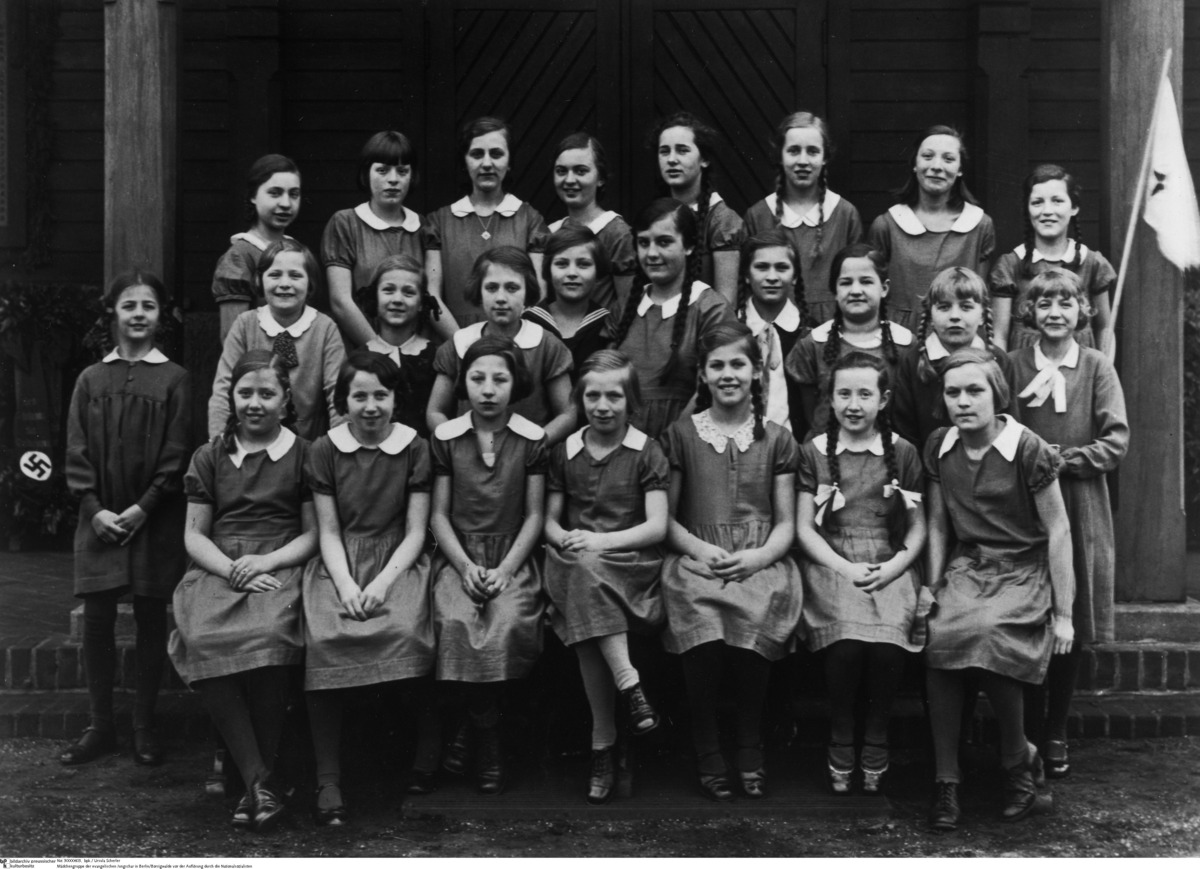Abstract
Initially, Protestant youth groups were more united than their
Catholic counterparts in welcoming the new state that emerged after the
Nazi takeover. They considered themselves part of the “national
movement,” and conflicts with the Hitler Youth
[Hitler-Jugend or HJ], the official
state instrument of youth education, were limited at first to mostly
organizational matters, since Protestant youth groups were of the
opinion that they should continue to maintain their structural autonomy.
The Hitler Youth’s treatment of Protestant youth groups varied locally,
but incidents of violence and intimidation were reported as early as
1933. It soon became obvious that the Nazi regime would not tolerate any
competition to its own youth organizations, the Hitler Youth and the
League of German Girls [Bund Deutscher
Mädel or BDM]. On July 29, 1933, Reich Youth Leader Baldur von
Schirach issued a decree prohibiting concurrent membership in a
confessional youth group and the HJ or BDM. On December 18 of the same
year, Reich Bishop Ludwig Müller acted against the will of most
Protestant youth groups by signing an agreement declaring that these
groups would be incorporated into the HJ/BDM. Some groups disbanded to
spare their young members automatic entry into the HJ or BDM. One such
group is pictured below: the Protestant Girls’ Group of
Berlin/Borsigwalde, which disbanded in April 1934. On July 23, 1935,
Heinrich Himmler finally prohibited all confessional youth groups.
